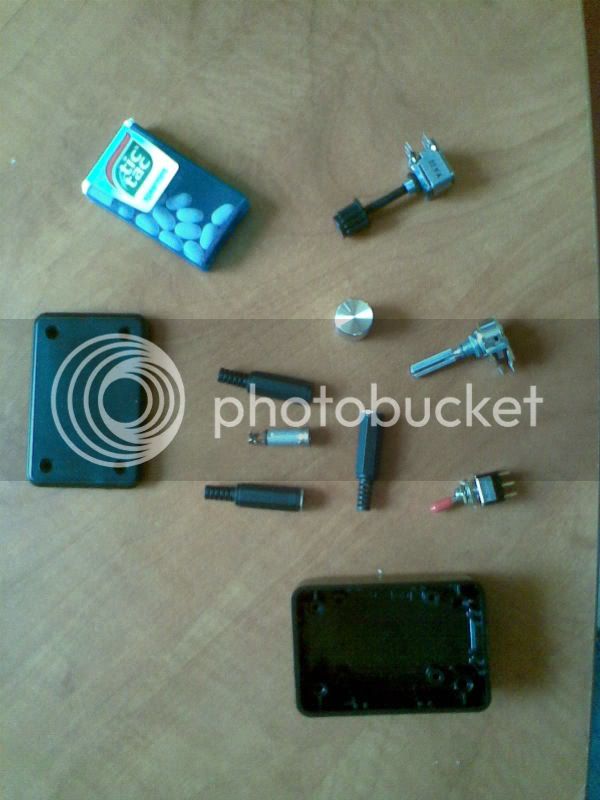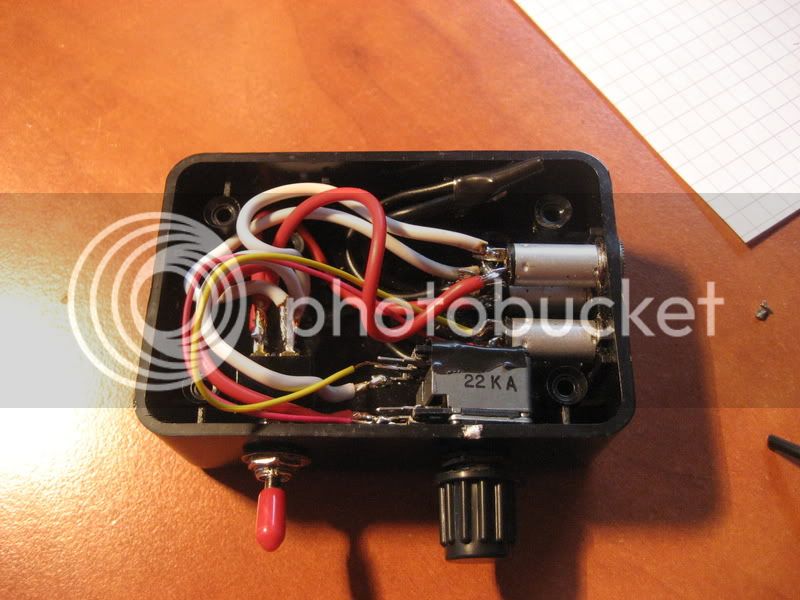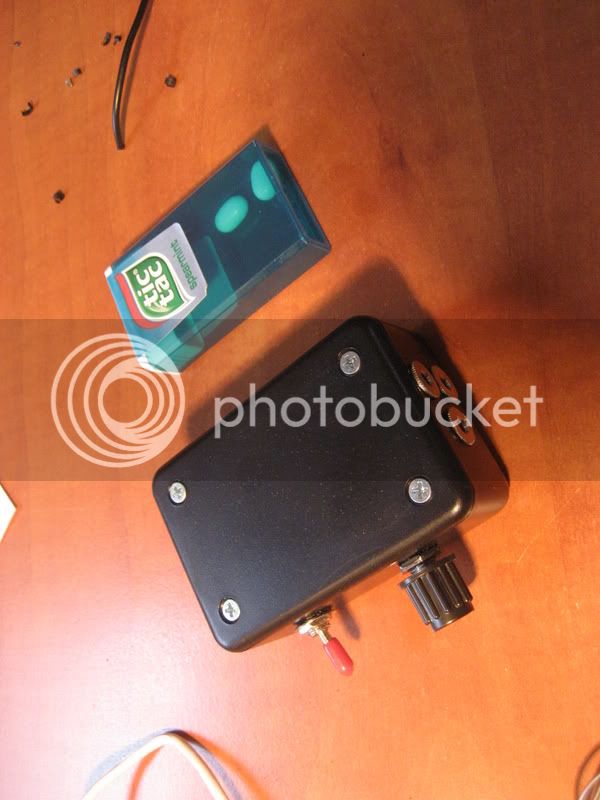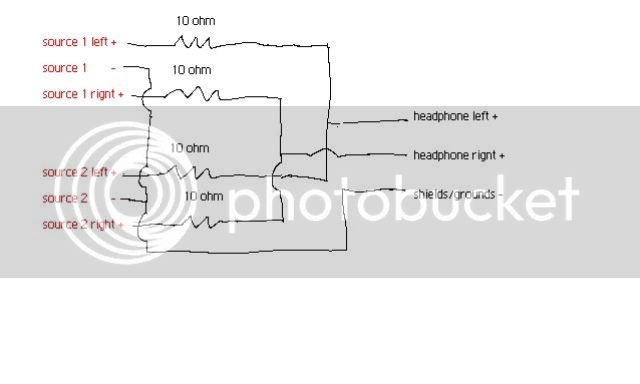Caba
ex-pilot - Space Oddity
Ok,
I'm building an A-B switch with a volume control to plug the Zumo and the MP3 player into. I want more options than the Zumo MP3 has available and I'm stuck in the middle of nowhere with limited ability to buy "specialty" items...so I'll take a shot at making what I want. Below is a rough schematic of what I'm building and I have three specific questions:
1) Will tying all of the grounds together cause feedback to the source that is not being listened to or other problems?
2) The potentiometer that I have is 0-50k Ohms. I have read (somewhere on the internet so it MUST be true!) that you should use 0-200 ohm (not k ohm) potientometer for volume control to avoid high impedence and possibly damage the source. (The article was on guitar amps so I don't know how well it applies.) Could someone enlighten me on this as to the potential problems?
3) Are there any other huge missteps in what I'm doing??? I have no experience in this, just my engineering classes 20 years ago (which I slept through most of) and a general skill for taking things apart.
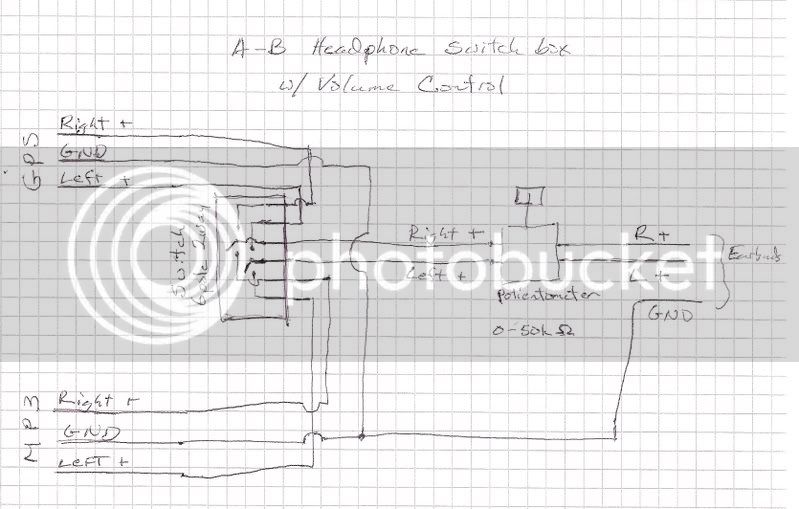
I'm building an A-B switch with a volume control to plug the Zumo and the MP3 player into. I want more options than the Zumo MP3 has available and I'm stuck in the middle of nowhere with limited ability to buy "specialty" items...so I'll take a shot at making what I want. Below is a rough schematic of what I'm building and I have three specific questions:
1) Will tying all of the grounds together cause feedback to the source that is not being listened to or other problems?
2) The potentiometer that I have is 0-50k Ohms. I have read (somewhere on the internet so it MUST be true!) that you should use 0-200 ohm (not k ohm) potientometer for volume control to avoid high impedence and possibly damage the source. (The article was on guitar amps so I don't know how well it applies.) Could someone enlighten me on this as to the potential problems?
3) Are there any other huge missteps in what I'm doing??? I have no experience in this, just my engineering classes 20 years ago (which I slept through most of) and a general skill for taking things apart.

























